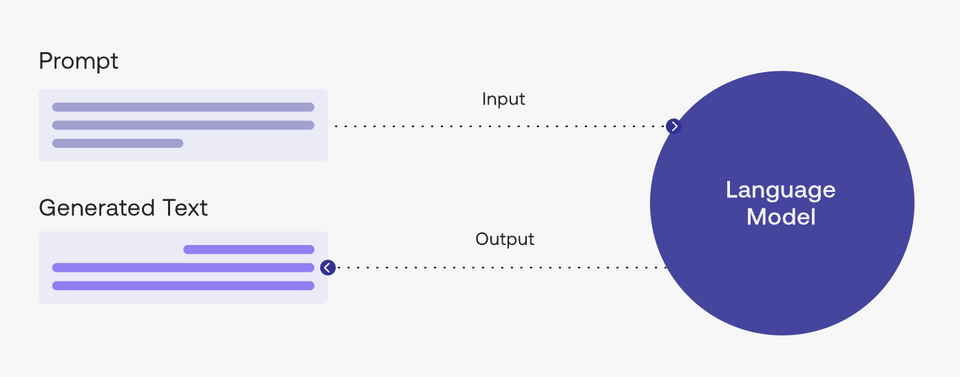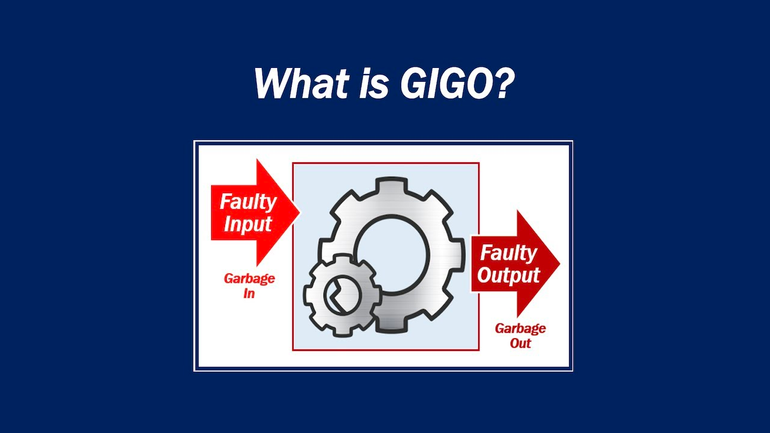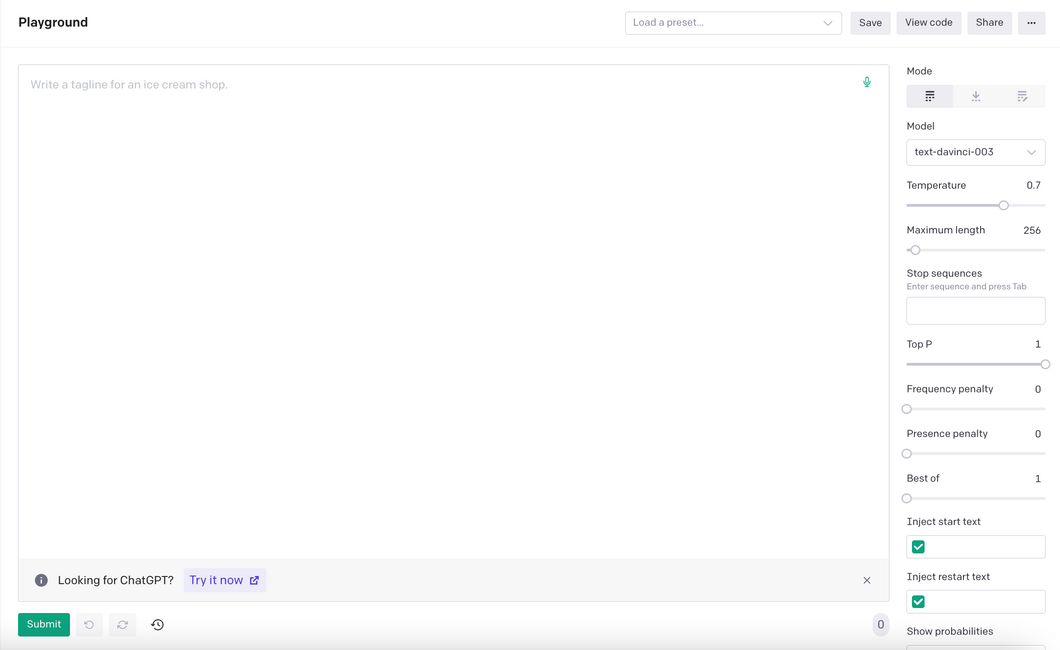Create unique age with ChatGPT
Search and store tool for Chat GPT Prompt
Create unique and engaging age with ChatGPT, a pre-trained language model by OpenAI for generating high-quality and accurate content.
Be more playful
Rephrase the text above in a playful tone of voice.
Include your task description within your prompt
This is an article followed by a summary written in informal language: <input article content> Summary in plain language:
Act as an SVG designer
I would like you to act as an SVG designer. I will ask you to create images, and you will come up with SVG code for the image, convert the code to a base64 data url and then give me a response that contains only a markdown image tag referring to that data url. Do not put the markdown inside a code block. Send only the markdown, so no text. My first request is: give me an image of a red circle.
10 Curiosity-Driven [Topic] Headlines to Increase User Engagement
Write 10 [subject lines / headlines / social media threads / ad headlines / etc. ] with a curiosity gap that discuss [ topic ]
How to Write an Effective Social Media Caption for your Product Post
Write a social media caption for a post about this product [product page URL]
Incorporating Continuous Testing and Quality Assurance in [Language] Projects: A Helpful Guide
Share advice on how to incorporate continuous testing and quality assurance into the development process for a [language] project.
Comparing Language Testing Frameworks and Choosing the Best One for Your Project
Compare different [language] testing frameworks and recommend one that best suits the given project: [project description].
Strategies for Automating Regression Testing in [Language] Project
Suggest strategies for automating regression testing in the given [language] project: [project description].
Techniques for Estimating and Tracking Time Required for Language Development Tasks
Propose techniques for estimating and tracking the time required for various [language] development tasks.
Effective Strategies for Task Management in [Language] Development Projects
Share strategies for effectively managing and prioritizing tasks in a [language] development project.
Maximizing Focus during Language Development: Techniques and Tips for Staying on Task
Suggest ways to minimize distractions and maintain focus during [language] development tasks.
Tools and Techniques to Boost Productivity for [Language] Developers
Recommend tools and techniques to improve productivity for a [language] developer.
Transitioning from Technical to [Language] Development: Expert Opinion and Tips
Share advice on how to transition from a different technical role to a [language] development role.
Effective Strategies for Building a Strong and Diverse Language Development Skill Set
Recommend strategies for building a strong and diverse [language] development skill set.
Best Practices for Leading and Managing a Language Development Team
Share best practices for leading and managing a [language] development team.
How to Create a Boilerplate [Language] Project Structure for a [Type of Application]
Create a boilerplate [language] project structure for a [type of application] that includes necessary configuration files and dependencies: [application description].
Tips on How to Produce a Clear and Concise Overview of the Architecture and Design of a Project/System in [Language]
Produce a clear and concise overview of the architecture and design of the given [language] project or system: [project description].
Creating an Effective FAQ Section for Your [Language] Project or Tool: Tips and Best Practices
Develop a FAQ section that addresses common questions and issues related to the given [language] project or tool.
Identifying Open-Source Language Projects for Developers
Identify suitable open-source [language] projects for a developer with [specific skills or interests].
Tips for Organizing & Facilitating Effective Remote Meetings for Language Development Teams
Share tips for organizing and facilitating effective remote meetings for a [language] development team.
What is “prompt engineering”?
A “prompt” is the input that guides a generative AI model to generate useful outputs. Generative AI tools like ChatGPT, GPT, DALL·E 2, Stable Diffusion, Midjourney, etc. all require prompting as their input.

In a natural language processing (NLP) context, “prompt engineering” is the process of discovering inputs that yield desirable or useful results. As is the story with any processes, better inputs yield better outputs; or commonly said another way “garbage in, garbage out.”


Become a prompt researcher instead of engineer
- If you’re already a subject matter expert in something, consider figuring out how to apply your personal skills to generating the best prompts in your field
- For example, if you’re an expert in SEO, what questions do you ask yourself when creating SEO strategies? How can you translate this knowledge into better prompts to generate the same level of output with AI?
Become a prompt researcher instead of engineer
- The term prompt engineer glosses over the idea that prompt formulation takes hypothesizing, research, result measurement, and repetition. Instead, approach prompting like a research project.
- Try as many different variations and formulations of your prompt as possible. One problem can have hundreds of solutions and one solution can have hundreds of approaches. The same can be said of prompting.